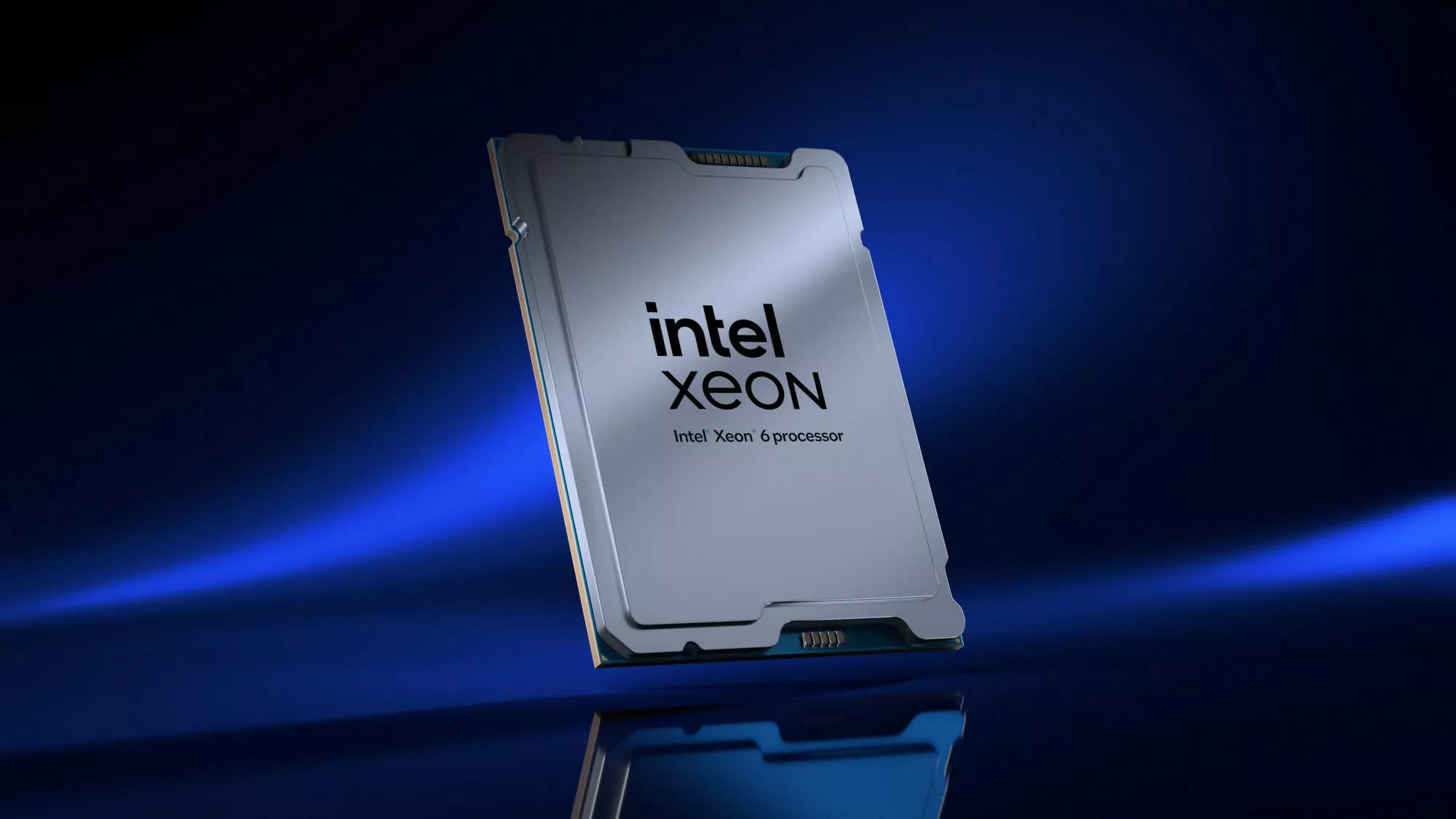Something to look forward to: Intel is expected to launch its next-generation Xeon CPUs next year, aiming to finally challenge AMD more effectively in the data center market after trailing for several generations. Codenamed Diamond Rapids, the lineup is rumored to include a 192-core flagship model, matching AMD's top-tier Epyc 9965 in terms of core count.

According to a leaked slide posted on X, each CPU will feature up to four compute tiles, with the 192 cores distributed evenly across four 48-core tiles. Other leaked specifications include a 500W TDP for a single-socket configuration and support for between eight and 16 DDR5 memory channels per SoC. The slide also indicates that the CPUs will be manufactured using Intel's advanced 18A process node.
The new lineup will reportedly utilize high-performance Panther Cove cores with support for Intel's APX (Advanced Performance Extensions), which significantly improves the efficiency of AMX (Advanced Matrix Extensions) and introduces native support for additional floating-point formats, including TF32 and FP8.
While the latest leak doesn't throw any more light on the next-gen Xeon chips, earlier reports revealed they will feature a 9324-pin LGA socket.
Diamond Rapids 192 P cores 500w TDP
– X86 is dead&back (@x86deadandback) July 6, 2025
48 cores per tile. pic.twitter.com/Bx9JYEtg0R
Diamond Rapids is also expected to support second-generation MRDIMM memory, enabling data transfer rates of up to 12,800 MT/s – significantly higher than the 8,800 MT/s supported by the current Granite Rapids processors. If accurate, the upgraded memory subsystem could deliver up to 1.6 TB/s of peak bandwidth, a substantial improvement over Granite Rapids' 844 GB/s.
Intel's upcoming data center CPUs will be part of the Oak Stream platform, offering support for up to four sockets and PCIe Gen 6 connectivity. Notably, Diamond Rapids chips will be manufactured on Intel's 18A process node, though the company is reportedly shifting external foundry customers to the newer, more efficient 14A node instead.
Diamond Rapids will succeed Granite Rapids as Intel's next-generation server processor lineup and is expected to debut sometime in 2026. It will compete directly with AMD's Epyc Venice lineup, confirmed for launch in 2026. Venice is set to feature up to 256 Zen 6 cores, representing a significant jump from the current Epyc 'Turin' 9965, which offers up to 192 Zen 5c cores, 384MB of L3 cache, and a 2.25 GHz base clock.